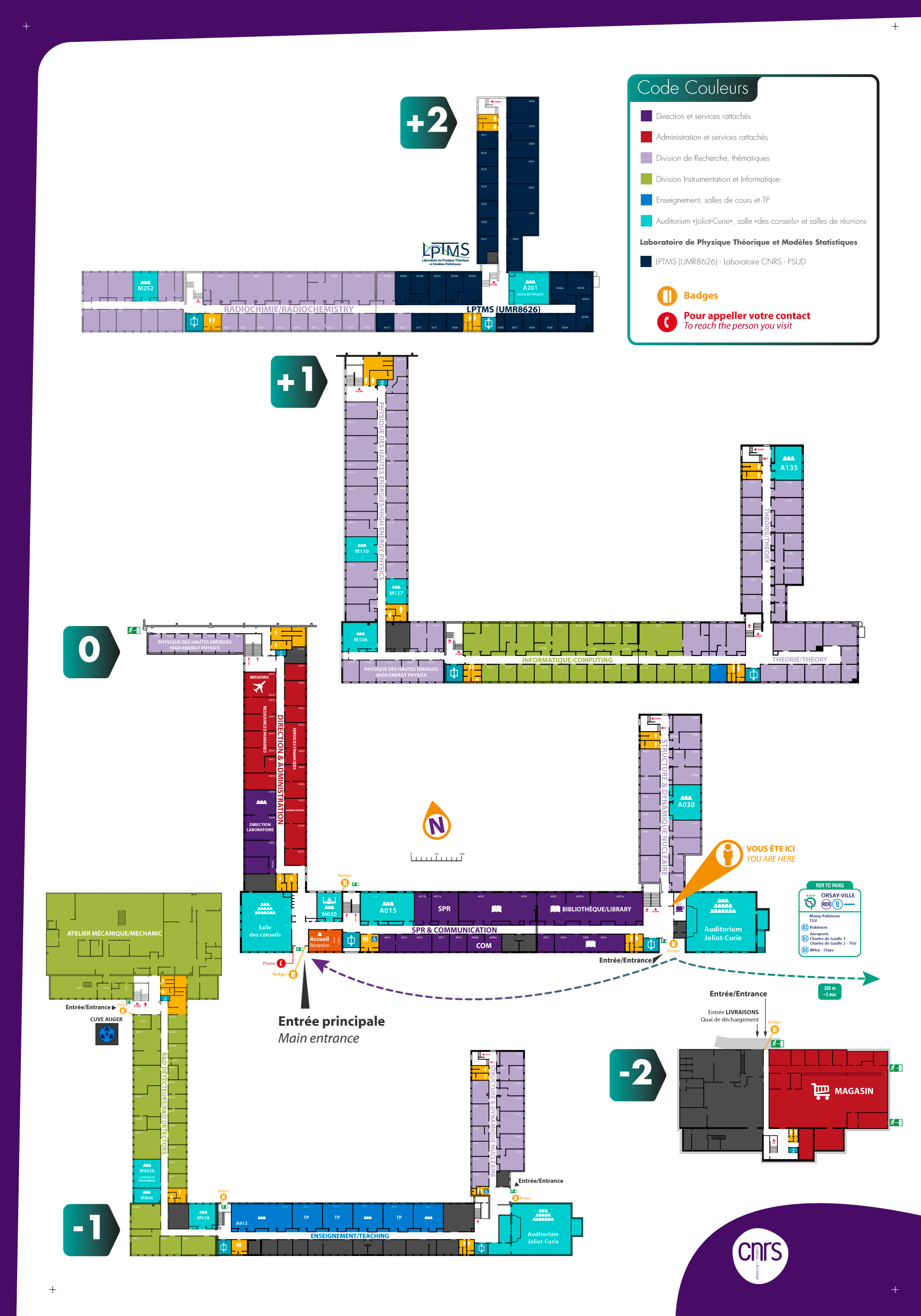Interplay of structure and reactions at the extremes of the nuclear chart
par
Radioactive beam facilities are enabling an exploration at the limits of the nuclear chart, unlocking access to extremely neutron- or proton-rich isotopes where we can probe the emergence of clusterisation, few-body structure and shell evolution. Meanwhile, the quest for new elements has been stalled, facing the technical limitation of moving past Ca-48 as a projectile. Using a combination of time-dependent and -independent mean-field theory, I will present how structure properties drive the outcomes of these reactions. I will also discuss how exotic systems may provide a viable alternative for producing new superheavy isotopes. The systems in question exhibit strong interplay of continuum and bound properties, due to their near-threshold states. This raises new questions, in particular how to accurately predict the few-body structure of neutron rich systems, which can best be addressed by few-body models. I will present some preliminary results on predicting two-neutron halos using a model in which structure and reactions aspects are treated consistently. Finally, I will mention some of my future directions of research, to provide accurate theoretical guidance in the experimental search for new isotopes.
How to reach the seminar room:
Whereabouts of the laboratory on the Paris-Saclay campus

Bat. 100, general room map

C. Hebborn

